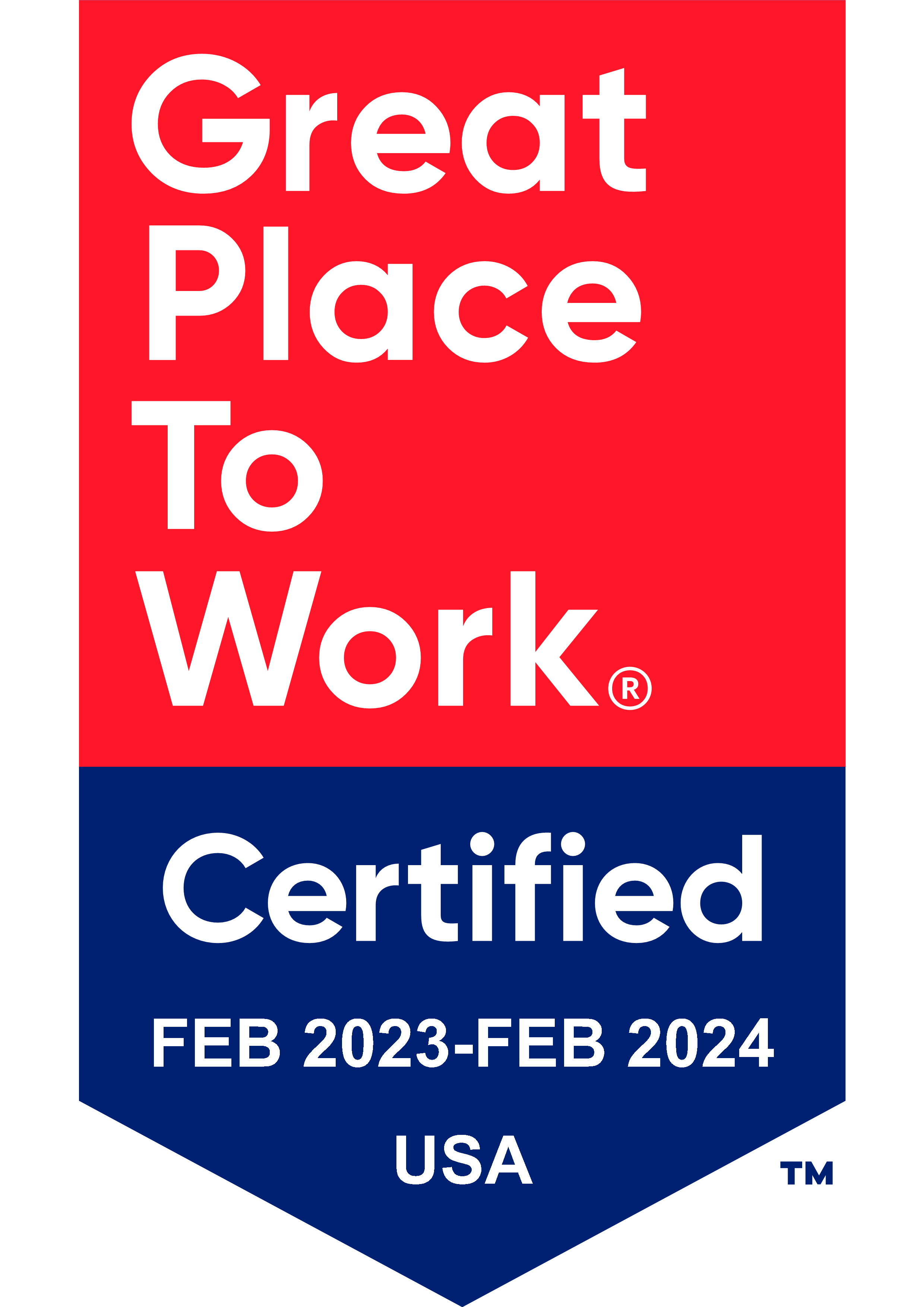
Each year, FDA clears thousands of medical devices via the 510(k) process. An overwhelming majority of those devices (80%+) go through the Traditional 510(k) process. Less than 2% go through the alluring Abbreviated 510(k) process. Why? Well, frankly there is very little that is abbreviated about that process, as it still requires the submitter to demonstrate substantial equivalence to a suitable predicate device.
The FDA has finally done something to provide relief from this requirement it released a guidance that supports the agency’s regulatory mandate to offer the least burdensome approach to manufacturers.
FDA finally recognized that the burden associated with preparing (manufacturer) and reviewing (internal FDA) predicate comparisons on devices that have been on the market for decades, have established performance standards, and are well-understood outweighed any potential contributions to patient or user safety.
The Safety and Performance-Based Pathway is an expansion of the Abbreviated 510(k) process. It is important to note that it will not replace the Abbreviated 510(k) pathway but will instead run in parallel. The Abbreviated 510(k) relies on the use of FDA guidance documents, special controls, and FDA-recognized consensus standards (examples: IEC 60601-1, ISO 14971:2007) and requires comparison to an appropriate predicate device(s).
In a nutshell, the new pathway essentially allows for very well-established devices to demonstrate their safety and effectiveness without requiring the submitter to perform direct comparison testing to a predicate device. Heres what FDA has to say about it:
If a legally marketed device performs at certain levels relevant to its safety and effectiveness, and a new device meets those levels of performance for the same characteristics, FDA could find that the new device is as safe and effective as the legally marketed device. Instead of reviewing data from direct comparison testing between the two devices, FDA could support a finding of substantial equivalence based on data showing the new device meets the level of performance of appropriate predicate device(s).”
Sort of. Manufacturers will still need to meet all the requirements outlined in FDA published guidance documents. You will still need to follow consensus standards and perform appropriate performance testing. However, regulatory specialists utilizing this pathway will no longer have to require their companies to procure and conduct direct comparison testing to a competitive predicate device. That saves time and money.
The format of the submission will be the same as a typical 510(k) and all sections must be completed. In addition, FDA expects you to submit a Declaration of Conformity plus a summary of the data, testing protocols, and/or other underlying data, as appropriate, to prove that your device meets appropriate tests outlined in guidance documents.
The agency has published a list of devices that are appropriate for this pathway here. Companies lucky enough to make products that qualify for this pathway should find the path to clearance to be well defined and easier to follow. FDA has also said they will change this list over time, even removing some devices if needed. However, once a device is cleared via this pathway, the FDA has stated that the device may retain its 510(k) clearance unless there is a safety concern.
If you’re ready to take the next step and want a deeper look inside the 510(k) preparation process, consider our training class. Our team of FDA consultants can also assist you in all aspects of 510(k) strategy or preparation. Let us know how we can help you!

US OfficeWashington DC
EU OfficeCork, Ireland



UNITED STATES
1055 Thomas Jefferson St. NW
Suite 304
Washington, DC 20007
Phone: 1.800.472.6477
EUROPE
4 Emmet House, Barrack Square
Ballincollig
Cork, Ireland
Phone: +353 21 212 8530